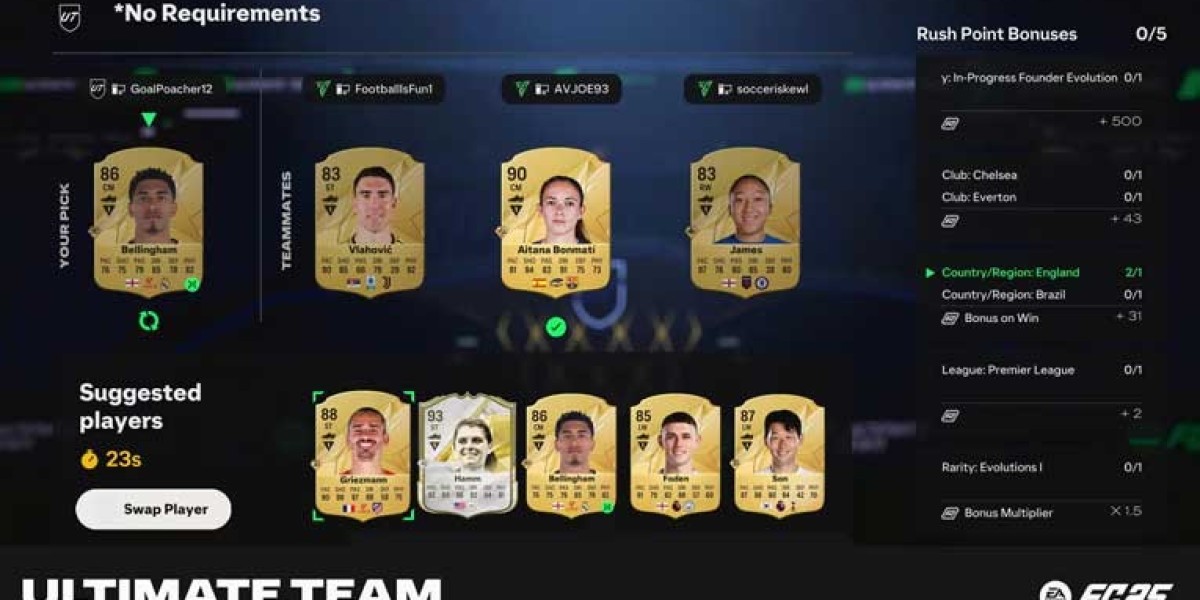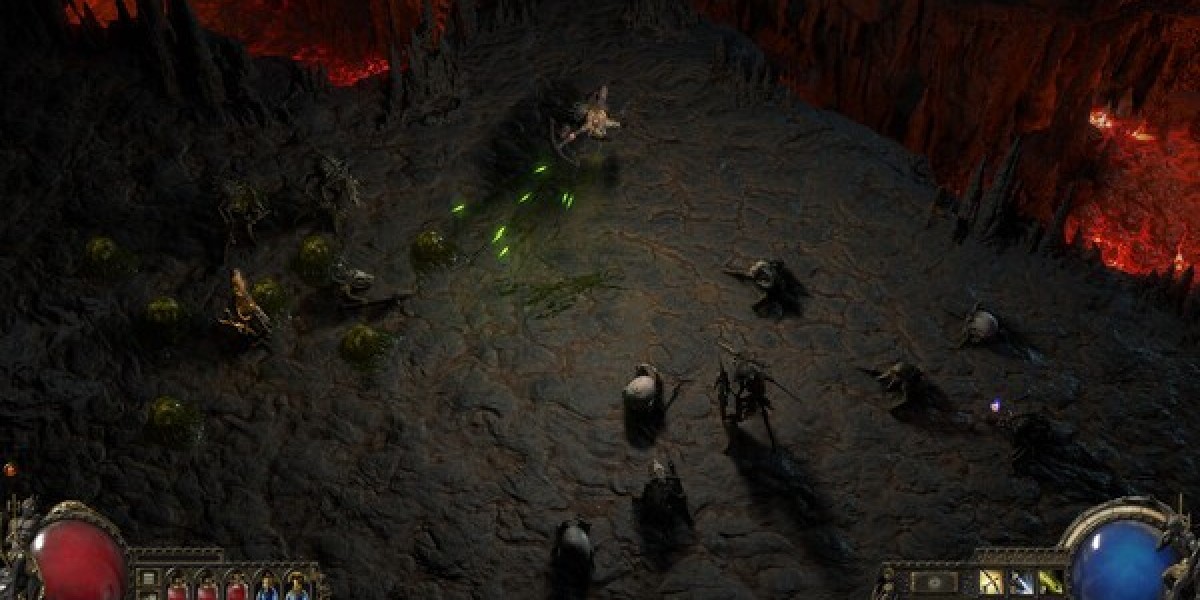During the test the instructor will ask that you demonstrate basic driving maneuvers. These include turning at intersections, signaling appropriately while accelerating and braking smoothly, and changing lanes when it is safe to do so.
Try driving in a car you're comfortable with. This will lessen your anxiety, and improve your performance.
The test of the theory
The theory test is among the hardest parts of learning to drive. It has an average of more than 50%, and the majority of people fail the first attempt. The test is long and hard to comprehend. There are many things that can increase your chances of passing, including regular practice and studying.
Before taking your test in the theory section You must be prepared and practice a few practice tests to ensure that you're completely familiar with the format and style of questions. Avoid cramming in too much information the days before the test, since this could cause confusion and anxiety. Instead, try to focus on the areas that you're struggling with and invest more time preparing for them.
You should arrive at the test centre 30 minutes prior to the scheduled time. This will allow you time to register and organize yourself before the start of the test. You can check the availability of test centres online on the DVSA's website. You'll need your name, Prawo jazdy am date-of-birth and provisional license number to book your test in the theory section. It is important to ensure that this corresponds exactly to the information on your provisional licence, including any middle names. After you've booked your test you'll be sent an email confirmation that contains instructions on how to navigate the test.
You'll have to return at reception to get your results once you've completed the test in theory. You will be required to bring your initial license with you to the DVSA employee giving you your results.
Once you've received your test results If you've passed, you'll receive a theoretical test certificate and a reference number that you can use to schedule your driving test on the road. If you fail, you'll receive a breakdown that will assist you in identifying areas that you need to improve.
The autonomous driving section
This is the portion of their test they are most worried about. However, it's important to remember that even if it seems like the examiner is watching every move you make, the self-directed driving test will last only about 20 minutes or more. It's the last opportunity to prove that you are able to drive without being guided and are able to obey the road rules.
If you're not sure what's being asked then ask the test taker to repeat their instructions. It's also crucial to practice following traffic signals before your test so that you are able to comprehend the signs and prawo Jazdy kat a2 be able to respond quickly.
The examiner will typically give you directions to follow either verbally, or in written form (a diagram). They might say, 'Follow the road signs to Bingley unless I tell you otherwise.' Once you are near a roundabout, they may say, 'At this roundabout take the third exit. Some may give you directions to the next intersection. This is a great opportunity to perform mirror checks and check whether the light is green and you are able to continue.
It is important to remember that independent driving does not include motorways. This is because, although driving on motorways may be a legal part to your test, it is not considered safe or appropriate for learners to do during their driving test. A recent change in law will allow motorway driving to be included in the practical test.
Examiners are always looking for a safe driving norm. It is also important to ensure that you're adhering to the speed limits, checking your mirrors, and making an emergency stop. You can generally make up to 15 minor mistakes and pass your driving test. However, any serious or dangerous mistakes could result in failing the test. Be aware that an examiner is always looking at the safety of other road users.
The test for hazard perception
If you've spent time practicing your hazard-perception skills, Prawo Jazdy C+E you should be able to pass this essential part of the theory test. When you're driving around town or on the motorway or even in a parking garage, it's important to know how to spot any potential hazards on the road ahead. This is why we suggest that you take time to become familiar with common driving scenarios, so that you're prepared for any eventuality come test day.
Hazard perception tests test your ability to recognize risks on the road and are an essential component of becoming fully licensed drivers. This is because you cannot truly predict what other drivers are likely to do, but with a little practice, you'll be able to recognise the risks and plan for them.
The DVSA's hazard perception test comprises 14 video clips, each lasting around one minute. Each clip contains several possible hazards, but you're only scored when you spot a developing danger. You earn points when you observe a potentially dangerous situation that could necessitate you to alter the speed or direction in which you're moving, for example, pedestrians crossing the road or a vehicle changing lanes on the highway. You don't earn points for clicking on cars that are parked but not moving or a red traffic light.
Some of these events cannot be avoided however, most of them are able to be anticipated when drivers are aware of early warning indicators. This is why it's essential to concentrate on the 'developing hazard part of these tests, because this will give you greater chances of scoring highly.
Having the right attitude towards the test of hazard perception is essential. Many drivers who are learning to drive listen to the myths that surround the theory test and then put off practising for it altogether. This can lead to an insecurity and ultimately a failed test. If you make an extra effort and prepare correctly for the test, you'll be well on the way to becoming an experienced driver.
The hazard perception test and the theory test must be passed before you can take your practical driving test. The hazard perception test can be taken from as young as 17 years old, and the theory test can be taken once you possess a provisional driver's license.
The final test
The road test usually lasts 20-30 minutes. However, you'll need to wait for the paperwork to be processed before having your photo taken. Make sure to factor this into your overall schedule and plan accordingly. Being early can ease stress and provide you with the chance to review your notes. It also allows you to get familiar with the testing sites.
It's important to remember that the evaluator will not try to deceive you, or require you to do anything that is illegal or unsafe. They are simply trying to determine whether you can drive safely and proficiently. Be courteous to the examiner and show respect to them throughout the entire test.
It is always best to ask for clarification if you are not sure of what is expected. You can ask for clarification through the examiner, or a translator if needed. It is also beneficial to practice driving techniques such as turning, changing lanes, and parking. It is crucial to be confident when it comes to navigating intersections. Use your turn signals, and make sure you check blind spots and mirrors. Make sure you merge smoothly into the proper direction.
Another mistake that people often make is failing to maintain a safe distance from traffic in front of them. This can be caused by being distracted, speeding, or simply not paying attention. It is also important to to keep your hands on the steering wheel at all times while driving.
There are many things that can fail during the driving test. It's normal to make mistakes, Prawo Jazdy A1 but it's important not to let them derail your test. Concentrate on areas you're required to improve and czy na skuter trzeba mieć prawo jazdy don't get discouraged if you fail one or more tests fail. Keep working and you'll soon be able to pass the test! Best of luck!









